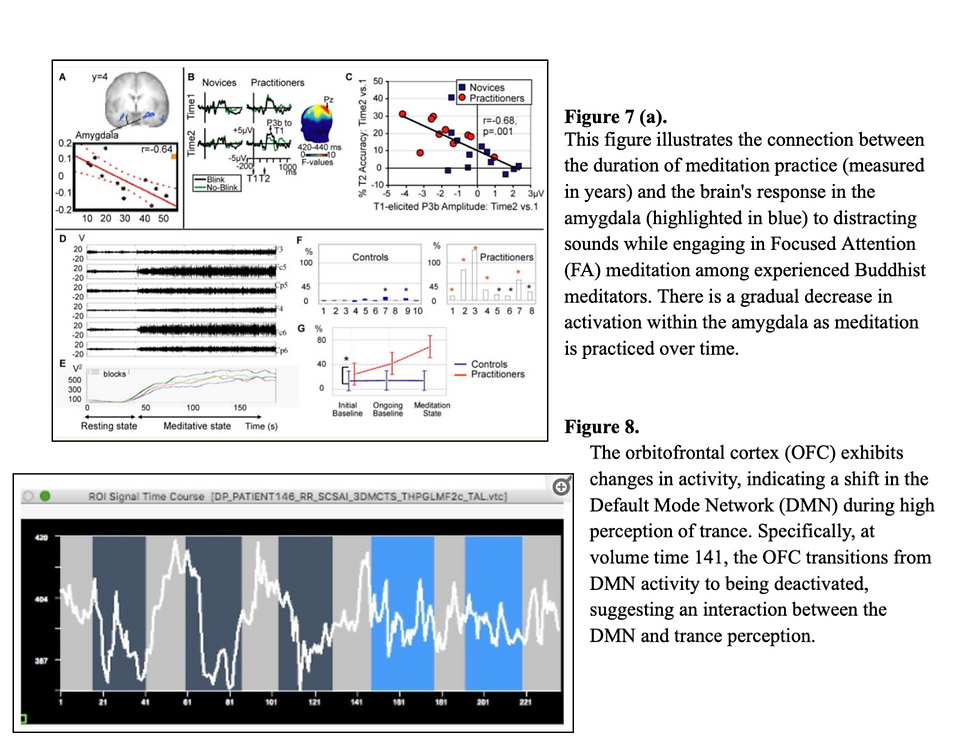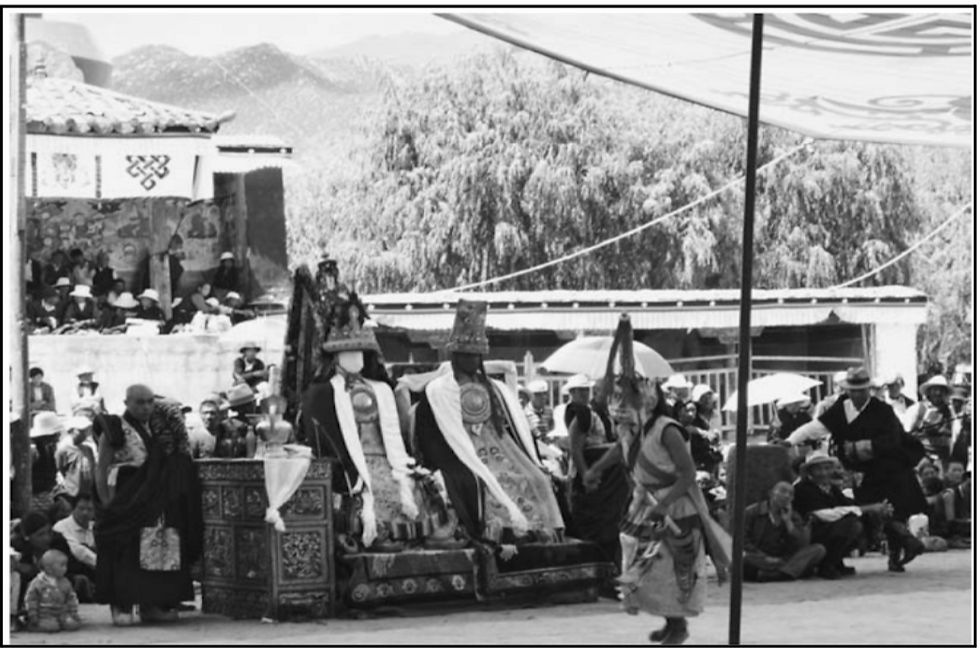Concluding Remarks: Considerations and Limitations
- Dolma Tenzing
- Mar 16, 2025
- 2 min read
Through the examination of the Nechung Oracle, this research provides an introductory glimpse into the application of Cognitive Neuroscience and the trance states experienced by the Oracle. Central to this endeavor was the emphasis on accessibility, facilitating historical contextualization, contemporary observation, and interviews with the Oracle. The Nechung Oracle, being accessible for this project, offered valuable insights through direct interaction and interview. However, it is important to acknowledge the limitations of focusing solely on the Nechung Oracle, who holds a distinguished status as a "high-ranking" State Oracle.
For future investigations, it is imperative to consider and compare various types of Oracles, including Tsangpa, Ghadong, and Youdronma, to diversify experiences and deepen our understanding of trance observation and measurement within the body. Additionally, exploring Oracle practices in other regions such as Nepal and Ladakh, which encompass a wide range of applications from medicinal rituals to exorcisms, would contribute significantly to our comprehension of Oracular practices both internally and externally. These diverse forms of mediumship are integral to comprehensively understanding the form and function of Oracular practices across different cultural and geographical contexts. Furthermore, as previously discussed in section VI part a, “The Science of Buddhist Traditions and Practices,” the use of brain measures is frequently hindered by movement and spatial constraints. Thus, delving into alternative forms of mediumship enhances our observational capabilities, as movement is not always confined to dance alone.
Based on these accounts alone, integrating neuroscience and Buddhism emerges as a pivotal aspect in shaping and contextualizing these frameworks in the 21st century. Consequently, the endeavor to develop innovative frameworks within this field, exemplified by case studies such as the traditions and practices of Oracle work, embodies a distinct cultural approach to engaging with Western science. This is a method that can prove beneficial for both the future of science and Buddhism.




Comments